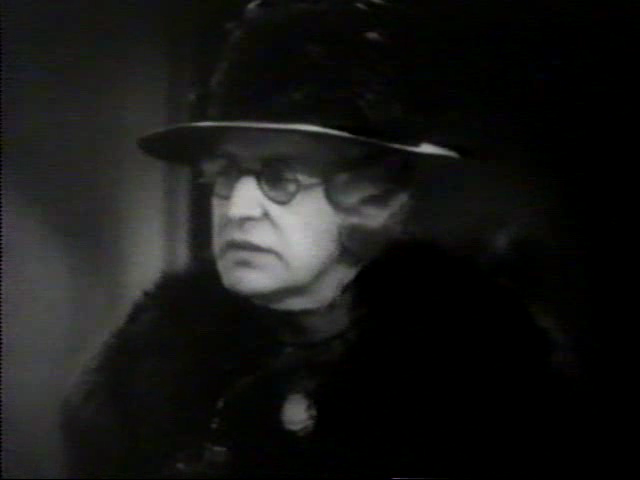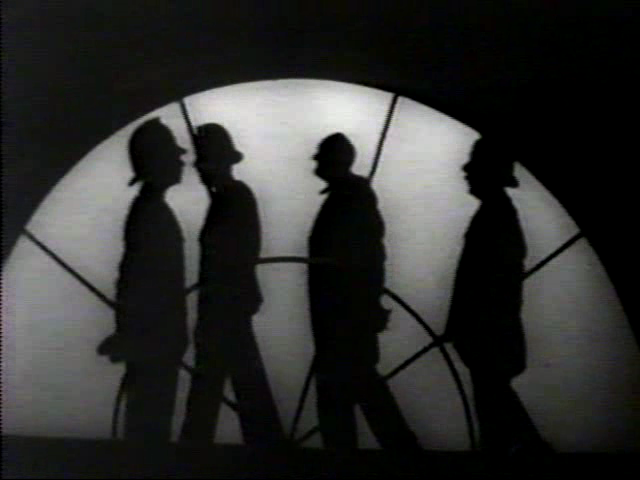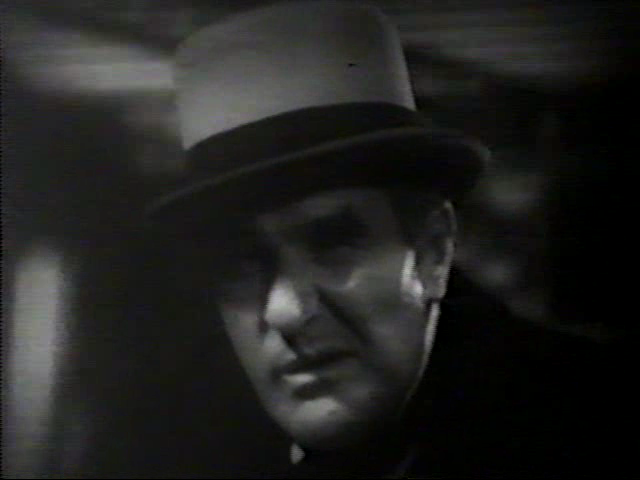“It is only the obvious that escapes attention.”
|

Synopsis:
Sherlock Holmes (Clive Brook) finds his wedding to a society girl (Miriam Jordan) postponed when his arch-enemy Moriarty (Ernest Torrence) escapes from jail and begins killing those who sentenced him to death.
|
|
Genres, Themes, Actors, and Directors:
- Clive Brook Films
- Detectives and Private Eyes
- Fugitives
- Play Adaptation
- Sherlock Holmes Films
Review:
Loosely based on William Gillette’s stage play, this cinematic interpretation of literature’s most famous sleuth is an amiable entry in the estimable “genre” of Sherlock Holmes flicks. While Clive Brook (a dull actor, IMHO) isn’t particularly noteworthy in the title role, Ernest Torrence is appropriately menacing as his arch-enemy Moriarty (we genuinely fear for Holmes’s life), and the storyline itself remains quite compelling. At just 68 minutes, the film moves along at a fast clip, aided by clever editing, atmospheric cinematography, and a dark sense of humor. Worth a look.
Note: This may be the only film showing Holmes dressed in drag (looking much like Lionel Barrymore in The Devil Doll).

Redeeming Qualities and Moments:
- A clever opening sequence

- Creative direction, editing, and cinematography


- Ernest Torrence as Moriarty

Must See?
No, though it’s certainly worth a look if you run across it.
Links:
|






One thought on “Sherlock Holmes (1932)”
Not a must. I’m rather in agreement with the wrap-up given, so I’ve little to add.
Overall, the proceedings are economically brisk. It’s short-enough to guarantee the viewer won’t be bored. There’s some lengthy down-side in some scenes not directly connected to the plot: i.e., a bar owner and his pal engage in chit-chat dominated by strained humor; scenes that Brook has with Reginald Owen (as Dr. Watson), love-interest Jordan and Howard Leeds (as Little Billy) have the tone of a high school play. But the scenes involving the criminal element work well (and, yes, Torrence is effective in his few scenes as Moriarty).
Brook in drag as the deaf aunt is mildly amusing, although the jokes that come from ‘her’ not hearing properly are a bit tiresome.
Sherlock Holmes is a character who, through various reincarnations, has become much more interesting (and complex) in the decades following this early entry (~esp. recently: with Guy Ritchie’s surprisingly effective 2009 film of the same name and the BBC’s recent series, ‘Sherlock’, set in modern day). Fierce Holmes fans who hunt down this 1932 version are likely, by comparison, to find it more than a bit quaint.